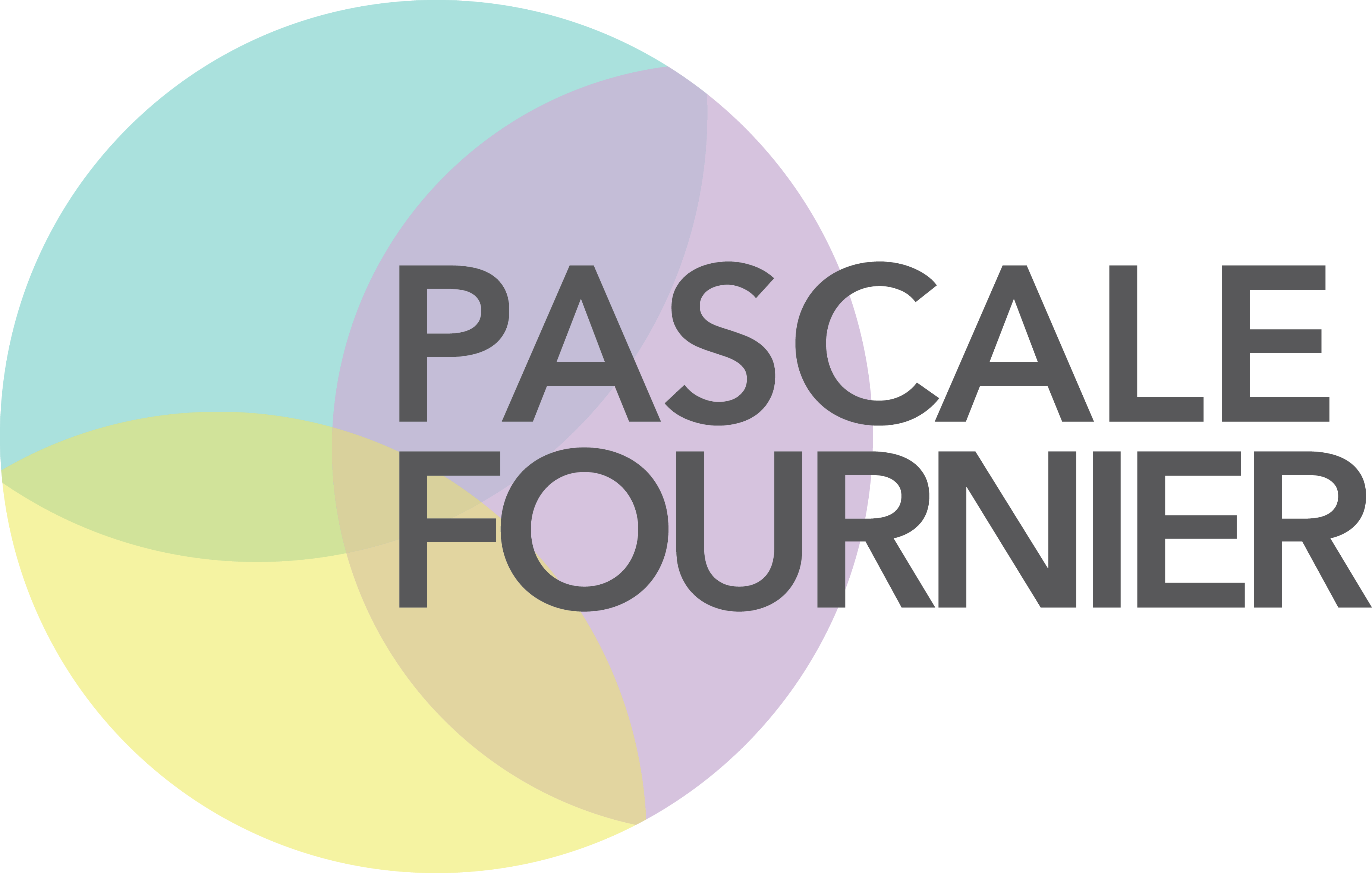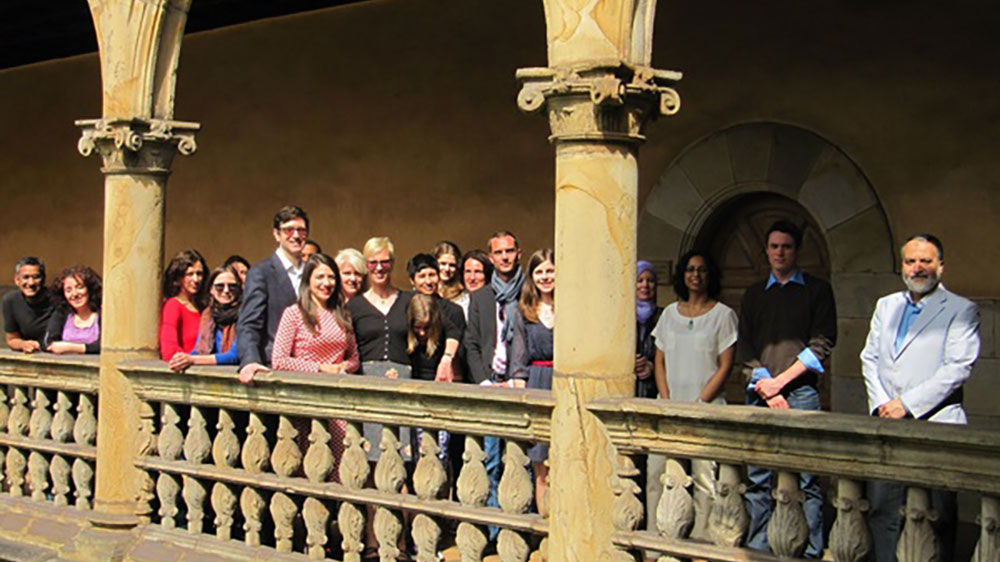Pascale Fournier co-edits a special issue of Social Identities : Journal for the Study of Race, Nation and Culture
Professor Fournier has produced important academic contributions on the subject of the Islamic veil, much talked about in the context of the Quebec government’s Bill 60. In the fall of 2013, she has co-edited, along with Valérie Amiraux, Professor of Sociology at the Université de Montréal and Canada Research Chair in Religious Pluralism and Ethnicity, a special issue of Social Identities: Journal for the Study of Race, Nation and Culture (volume 19, issue 6) based on a multidisciplinary conference entitled “‘Illegal’ Covering: Comparative Perspectives on Legal and Social Discourses on Religious Diversity”. The articles published in this special issue allow us to better understand the multiple meanings the Islamic veil conveys and its tangible impact in the life of the women who choose to wear it, drawing from findings in law, sociology, religious studies and art history. The authors who contributed to this special issue include Richard T. Ford, Robert Leckey, Anna Korteweg, Lori G. Beaman and Valerie Behiery, with a conclusion signed by Valérie Amiraux.
Professor Fournier also signs the introduction to this special issue, accurately titled “Headscarf and burqa controversies at the crossroad of politics, society and law”. This article presents some of the discursive binaries (state intervention/non-intervention; coercion/consent) that permeate the legal discussions surrounding contemporary European legislations purporting to ban the Islamic burqa and attempts to complexify a debate that is too often over-simplified. According to supporters of the ban, the burqa-wearing woman is coerced to cover herself by an abusive institution, while for its critics, she is freely exercising her religious faith. Both visions are problematic. If the first is obviously paternalistic, the second, based on the idea that the woman’s choice is solely motivated by her faith, ignores the political nature of the burqa and deprives the woman of her agency. Could it not be that women act on a continuum, exercising their choice to wear a burqa by navigating between these two extremes, without being confined to either of them? Revealing this complexity and bringing it to bear on present debates is the goal of Professor Fournier’s article and of the special issue.




